This S’wakian beverage biz nearly went bankrupt in 1986. Now, it’s expanding to West M’sia.
Sundrop Fruit Juices is a Sarawakian brand started in 1957 making canned beverages like orange juice, here's its history and founder.
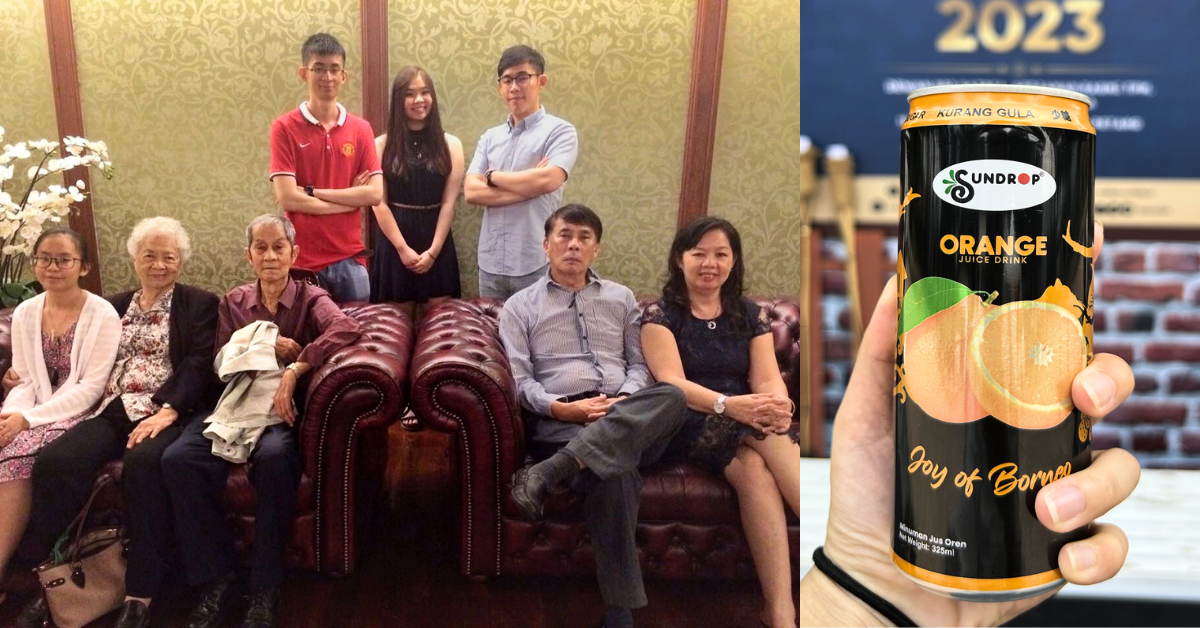
Starting a business can be tough. You’re required to have enough funds, resources, and most importantly, dedication to the business idea.
However, what’s more challenging than starting a business is saving a dying business. Not many companies on the brink of bankruptcy live to tell the tale of their resurgence.
So we were plenty curious after stumbling upon Sundrop Fruit Juices Bhd., a 66-year-old Sarawakian beverage company that managed to save itself from collapsing, as we learnt from a TVS Entertainment video featuring the brand.
And much to our luck, Lim Yu Kong (Lim), the man behind this success was open to sharing his story with us.
This is how Sundrop Fruit Juices (then called Green Spot (B) Bhd.) went from being a failing company in the 1980s, to one that has been thriving ever since.
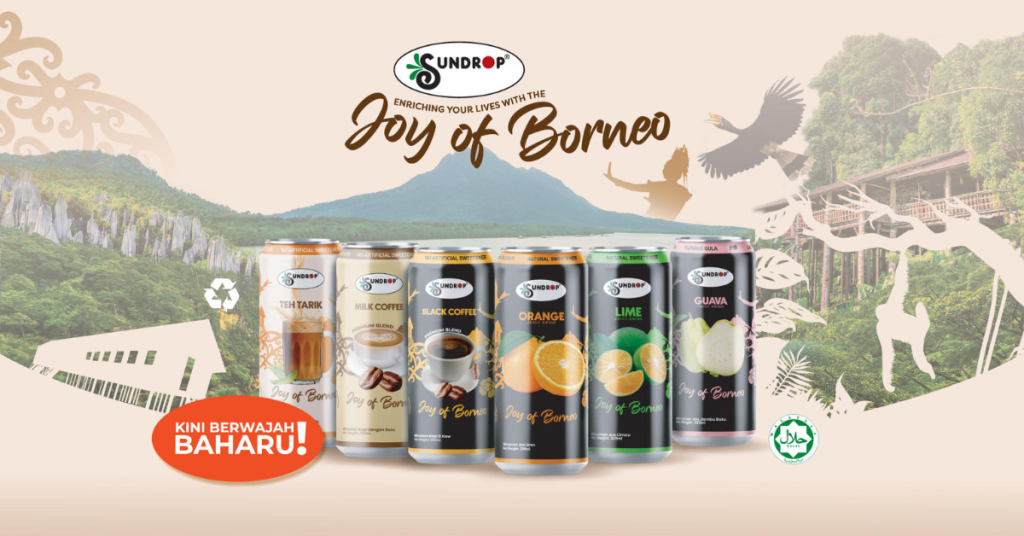 Image Credit: Sundrop Fruit Juices
Image Credit: Sundrop Fruit Juices Dialling it back to the start
The year was 1957 and a group of Sarawakian businessmen were interested in bringing over the American beverage called Green Spot to Sarawak. So they registered a company under the name Green Spot (B) Bhd. and signed a franchise agreement with the American brand.
With this agreement came some terms and conditions, mainly that the Malaysian franchisee could use the Green Spot brand name so long as they purchased all the beverage ingredients from the American brand and sold only their products, Lim recalled to Vulcan Post.
This came in the form of premixed concentrates from the American company. Lim further explained that the formulation of the concentrates was kept a secret from Green Spot (B) Bhd., “So we had to continue to buy from them.”
“Green Spot quickly became an iconic beverage in Southeast Asia and sales were so good that the company decided to expand,” he said.
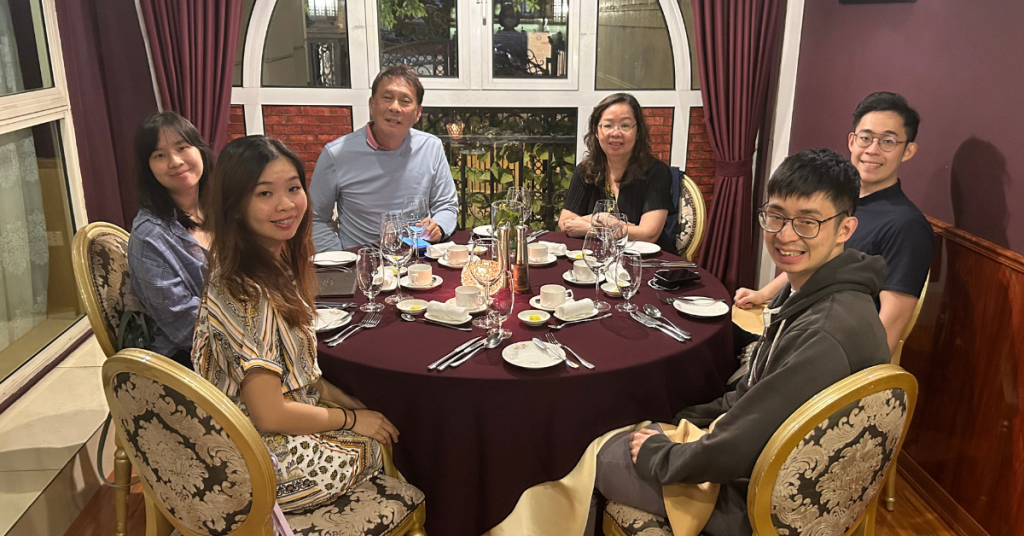 The Lim family / Image Credit: Sundrop Fruit Juices
The Lim family / Image Credit: Sundrop Fruit Juices Huge bank loans were taken out to finance this, and the Malaysian franchisee also invited others to financially invest in the business, including the Lim family.
And then trouble struck.
By 1981, Green Spot (B) Bhd. was facing immense financial difficulties. So much so that its CEO (one of the original shareholders), was forced to resign and he relinquished his shares to the Lim family.
The matriarch of the Lim family, Madam Tho, took over from there. But things didn’t improve. None of the management team had the technical expertise needed to run a business and the financial bleeding continued.
Until two years later when it was decided that there was only one person who could help the business. That’s how Lim became its new CEO and rescuer.
Troubleshooting after troubleshooting
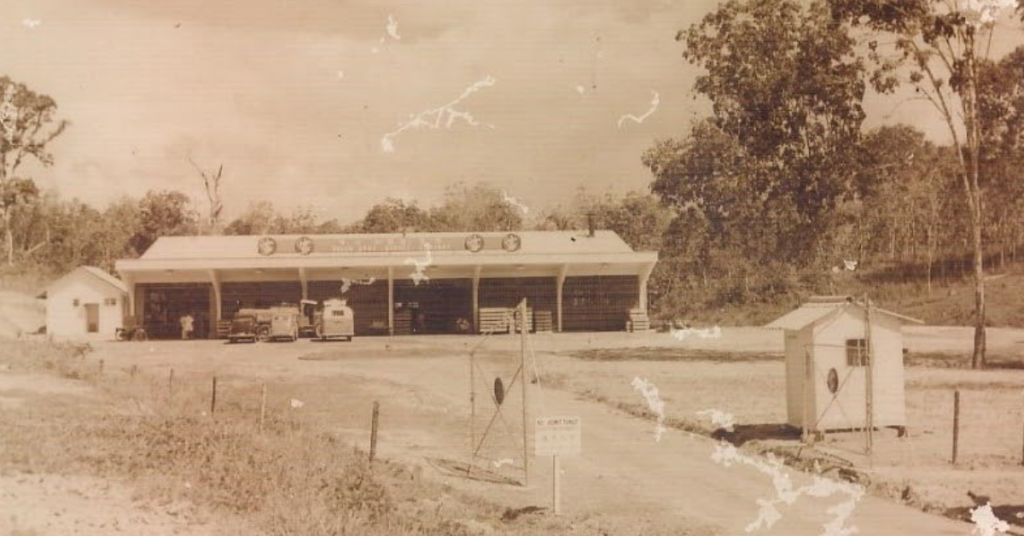 Green Spot (B) Bhd.’s old factory / Image Credit: Sundrop Fruit Juices
Green Spot (B) Bhd.’s old factory / Image Credit: Sundrop Fruit Juices Shortly after leaving his previous position at Sime Darby Berhad for Green Spot (B) Bhd., Lim discovered the root of the brand’s problems.
“The company’s problems lay with the franchisor and the franchise agreement the company had signed,” he told Vulcan Post.
“The main product Green Spot orange beverage was very different from the one marketed in 1957. It had a very short shelf life and the taste was very different to the original one.”
Lim shared that they had even checked with other franchisees in Southeast Asia (like those in Indonesia, Thailand, and Singapore) to confirm this theory.
“Upon checking with those franchisees, we discovered they all had identical problems as us.” Namely fast dropping sales and huge amounts of product returns from unhappy customers, Lim pointed out.
Figuring something had to be done, Lim and his Sarawakian team confronted the American franchiser and demanded a solution.
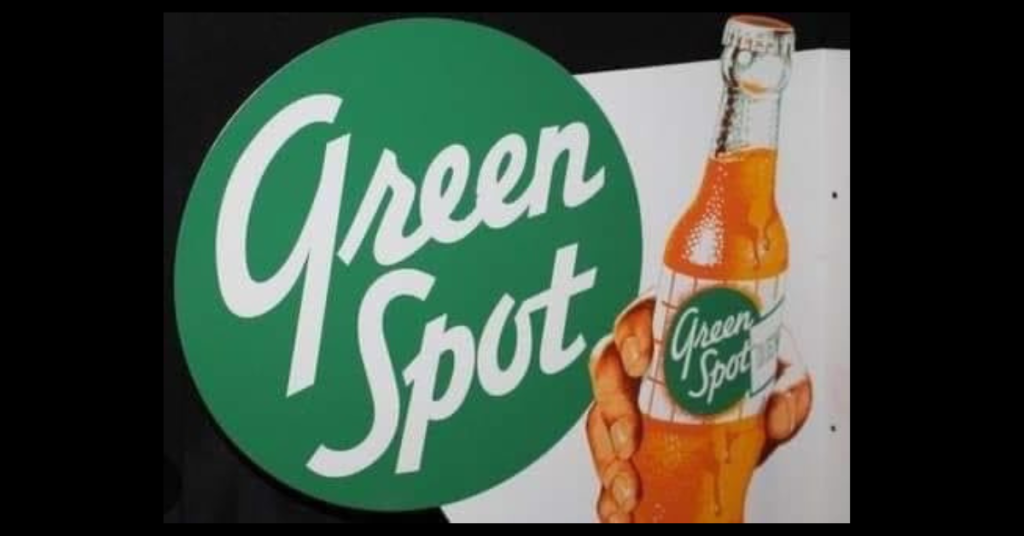 Image Credit: Sundrop Fruit Juices
Image Credit: Sundrop Fruit Juices “The answer was shocking, to put it mildly,” he shared. “After much acrimony, the franchiser admitted they had changed the product formulation to use cheaper ingredients.”
He said that the reason given to him was because new players like Coca-Cola and Pepsi were coming into the market, so the franchiser wanted to increase advertising spend.
Lim expanded by saying that the American company believed the advertisements by Coca-Cola and Pepsi contributed to the drop in its products’ sales, rather than the product quality itself.
And when Lim’s team advised the franchiser to at least release local-friendly products, he said that they were either reluctant or incapable of making the necessary changes.
Realising the business cooperation had ended, Lim and his team devised a plan to break free of the franchise agreement.
And then a miracle happened
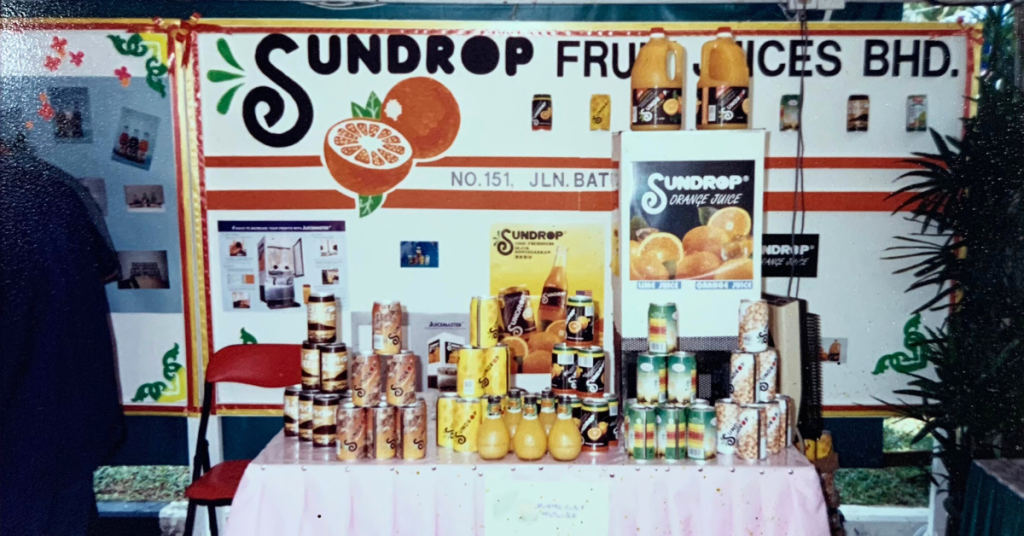 Image Credit: Sundrop Fruit Juices
Image Credit: Sundrop Fruit Juices Green Spot (B) Bhd. had invested millions of ringgit in specialised equipment and packaging materials, as well as the premixed concentrates that brought about the company’s financial issues.
So they figured the right course of action would be to start developing their own products to form a new brand. The company spent two years searching for orange juice suppliers who could come up with a formulation similar to the original Green Spot.
But with no luck, Lim said the company continued to bleed. And by 1986, the company was on its “last legs” as sales had collapsed.
“We were resigned to closure and bankruptcy when a visitor from Florida, USA appeared at our factory uninvited,” Lim shared. That visitor was a juice ingredient supplier and manufacturer who had just set up shop in Singapore, and was looking for customers.
Upon visiting the Floridian’s laboratory, they found that he could produce a product that closely resembled the original Green Spot orange juice’s taste. And much to their fortune, he was willing to supply technical information and ingredients without a franchise.
A partnership was inked and Green Spot (B) Bhd. terminated its franchise agreement with the American Green Spot brand, before undergoing a rebranding exercise.
The new products were launched under the company name Sundrop Fruit Juices Bhd., and its new signature orange juice drink was renamed to Sundrop to match this change. It was now a brand wholly owned by themselves without ties to any franchising agreements.
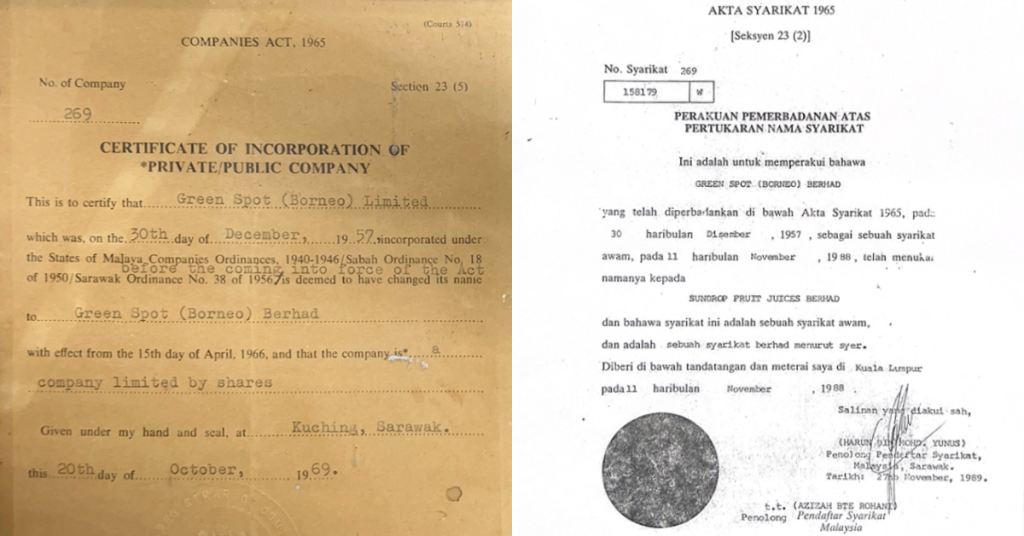 Image Credit: Sundrop Fruit Juices
Image Credit: Sundrop Fruit Juices “We were free to purchase ingredients from whoever we liked and change the formulations as we liked, because the supplier had given us the technical information [on] how to do it,” Lim shared.
He explained that the brand became an instant hit and sales grew like wildfire without promotional efforts. Eventually, it also managed to pay off all the debts which had accumulated to “many millions”.
Under its new brand, Sundrop Fruit Juices was able to develop its own range of beverages more suited to local tastes. This included its lime juice, guava juice, kopi-O, milk coffee drink, and teh tarik.
And while the Floridian businessman’s company later on shut down, Lim and his team credited the businessman for exposing the Sundrop Fruit Juices brand to the intricate workings of giants in the beverage industry.
With the exposure and technical training and knowledge given to them, Sundrop Fruit Juices was able to develop new products, buy from new suppliers, and compete with the giants on a level playing field.
“In retrospect, we owe our survival over the decades from working with this supplier,” Lim confessed. “Over the years, working with other suppliers, we never met another person as knowledgeable as him or as willing to share information.”
They’re finally ready to expand
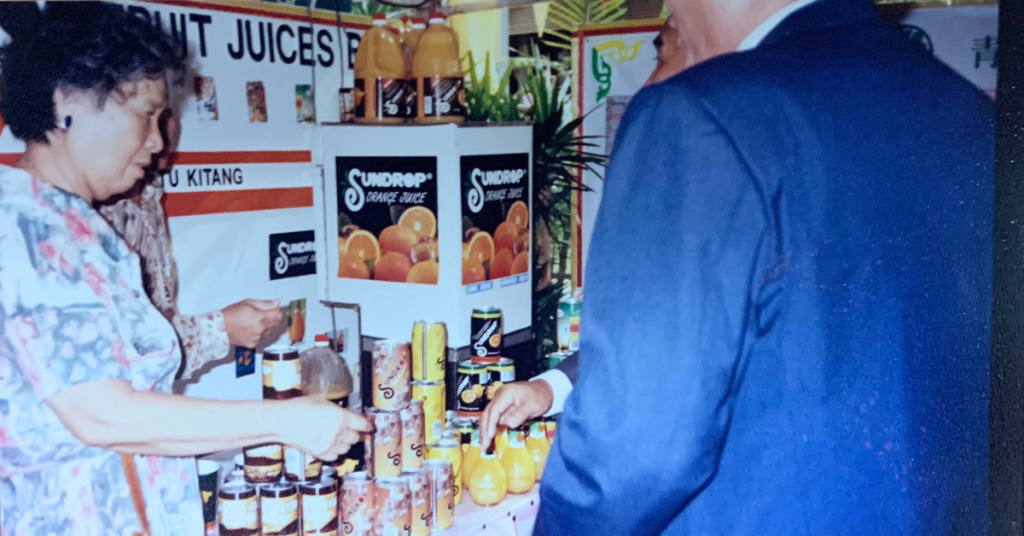 Madam Toh promoting Sundrop Fruit Juices at a business fair in 1996 / Image Credit: Sundrop Fruit Juices
Madam Toh promoting Sundrop Fruit Juices at a business fair in 1996 / Image Credit: Sundrop Fruit Juices It’s been 37 years since Sundrop Fruit Juices came onto the F&B scene, and the brand has since become an iconic household name in East Malaysia. My colleague, Sade, who hails from Sarawak, corroborated this information.
But what about West Malaysia, you might ask? In the past, the brand’s products weren’t really exported to Peninsular Malaysia.
“We felt that we did not have a wide enough range to justify our presence in the West Malaysian market. We also had to wait till our products, especially the newer ones, proved themselves,” Lim said.
Each product’s R&D process is approximately five years as it includes tests to ensure optimal shelf life and research on consumer acceptance. So you can imagine how long it took to develop its existing range of products.
“COVID-19 also slowed down our plans,” he shared.
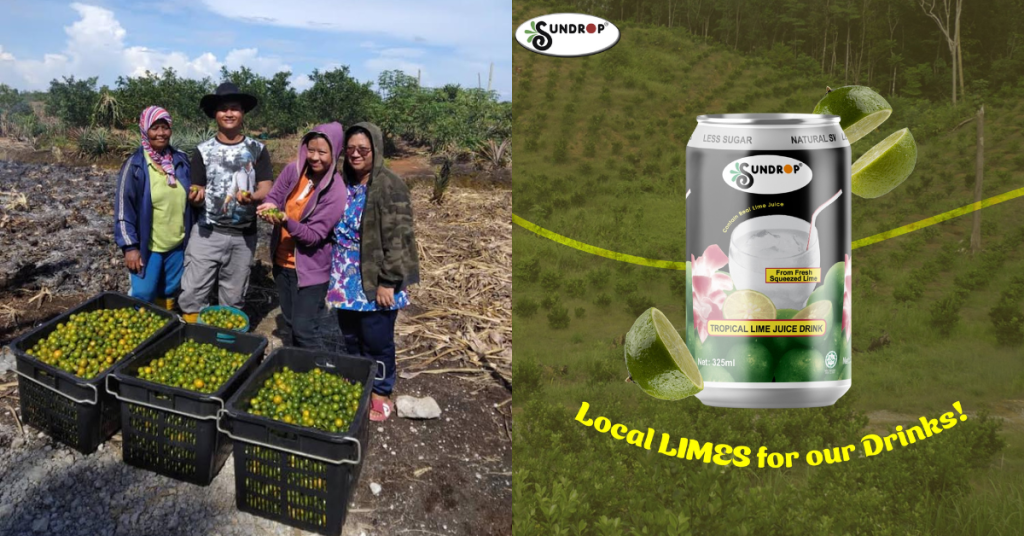 Image Credit: Sundrop Fruit Juices
Image Credit: Sundrop Fruit JuicesHowever, the company has expanded its manufacturing capacity in the last three years. And with it, the brand’s confident that they’re now able to supply the West Malaysian market with sufficient quality products.
“The company is also debt free and has accumulated sufficient cash reserves to promote our products in Peninsular Malaysia,” Lim proudly said. “After our near-death experience in the 1980s, the company does not wish to finance any expansion via debt.”
The brand estimates that if this expansion plan turns out successful, an annual revenue of RM150 million and a profit of RM20 million would be possible.
A proudly Sarawakian brand, its intention is to prove that Malaysian-made beverages are equally in demand and on par with rival international ones. This is reflected in the brand’s tagline, “Joy of Borneo”.
“Thailand has Vitamilk, Korea has Lotte, Indonesia has Teh Botol, China has Wong Lo Kat. Sundrop is proud to be a Sarawak brand and it is our intention to prove to West Malaysians [that] ‘Sarawak Boleh’ and ‘Malaysia Boleh’,” Lim exclaimed.
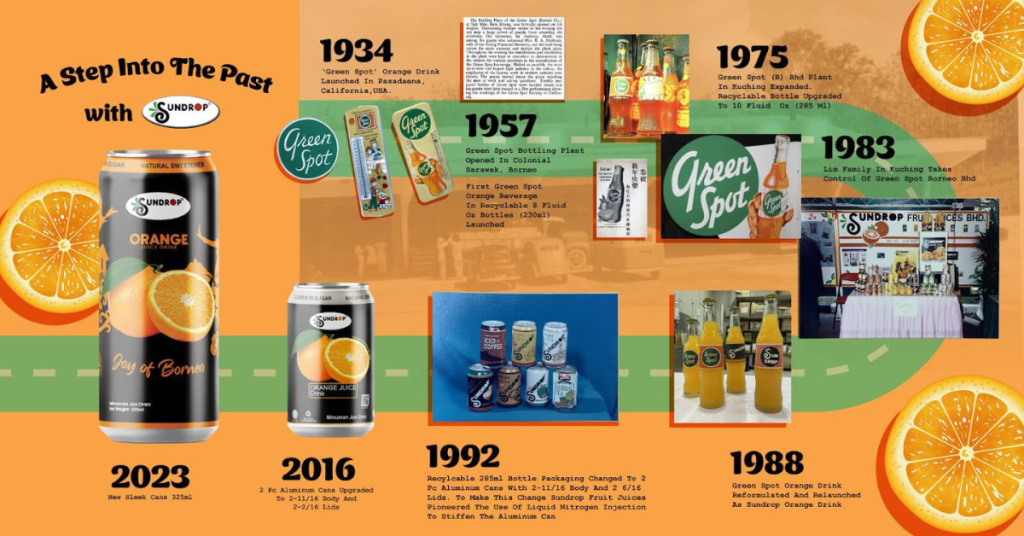 Image Credit: Sundrop Fruit Juices
Image Credit: Sundrop Fruit JuicesIn order for that dream to come true, the brand plans to heavily invest in its online media presence. They also will stay on the lookout for business partners like distributors and resellers to work closely with them in West Malaysia and Singapore.
Learn more about Sundrop Fruit Juices Bhd. here. Read articles we’ve written about Malaysian startups here.Featured Image Credit: Sundrop Fruit Juices Bhd.

 MikeTyes
MikeTyes 































